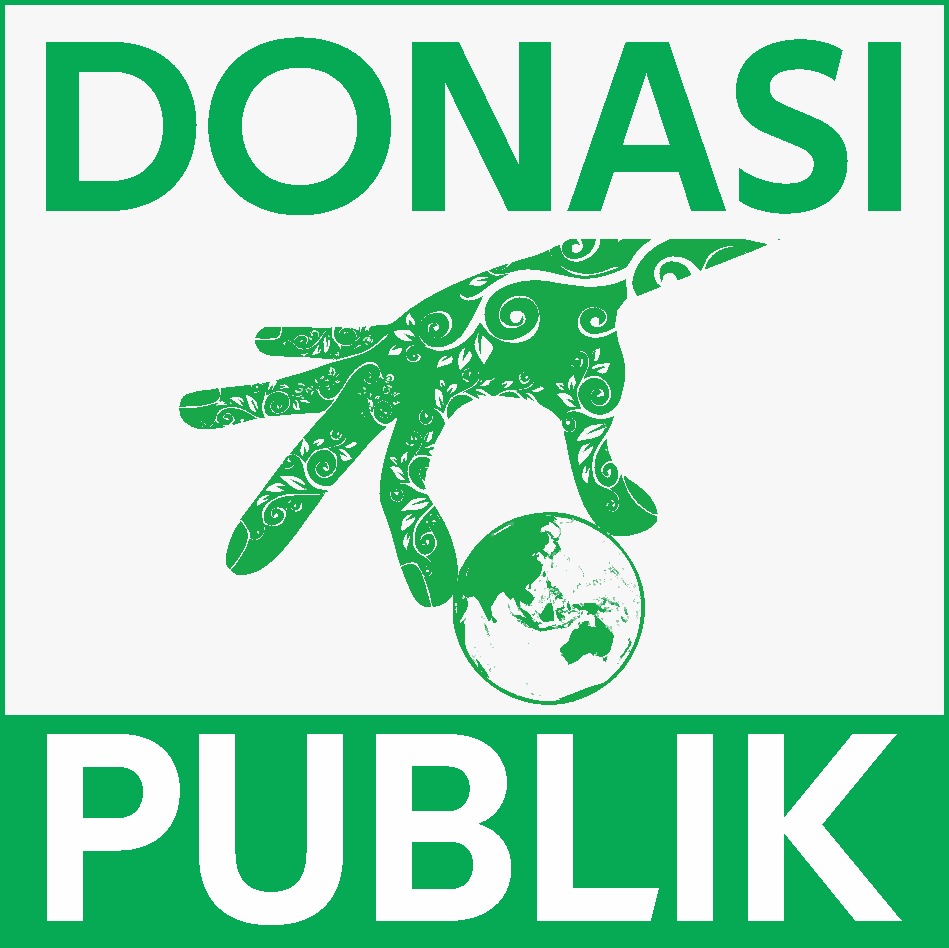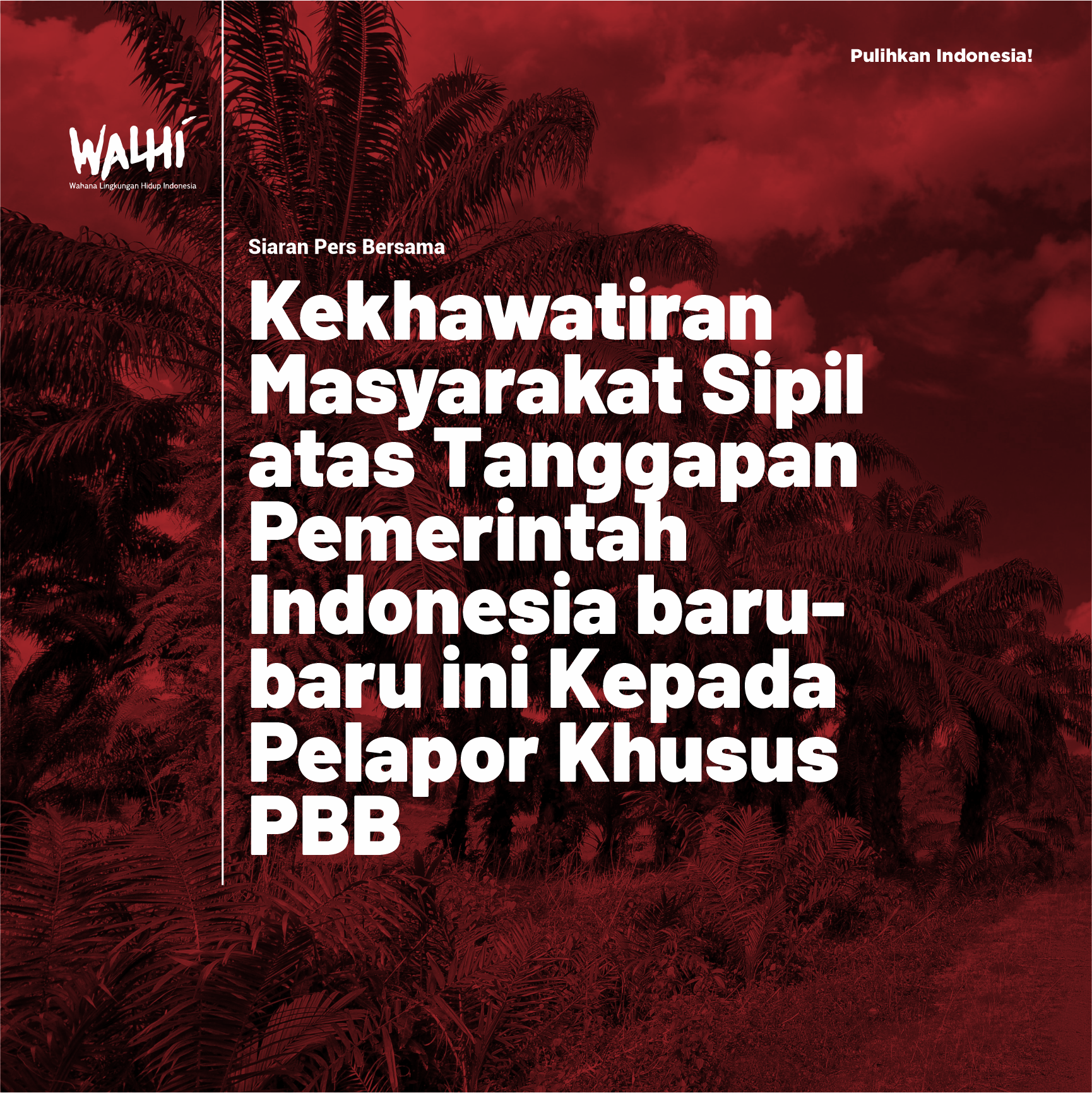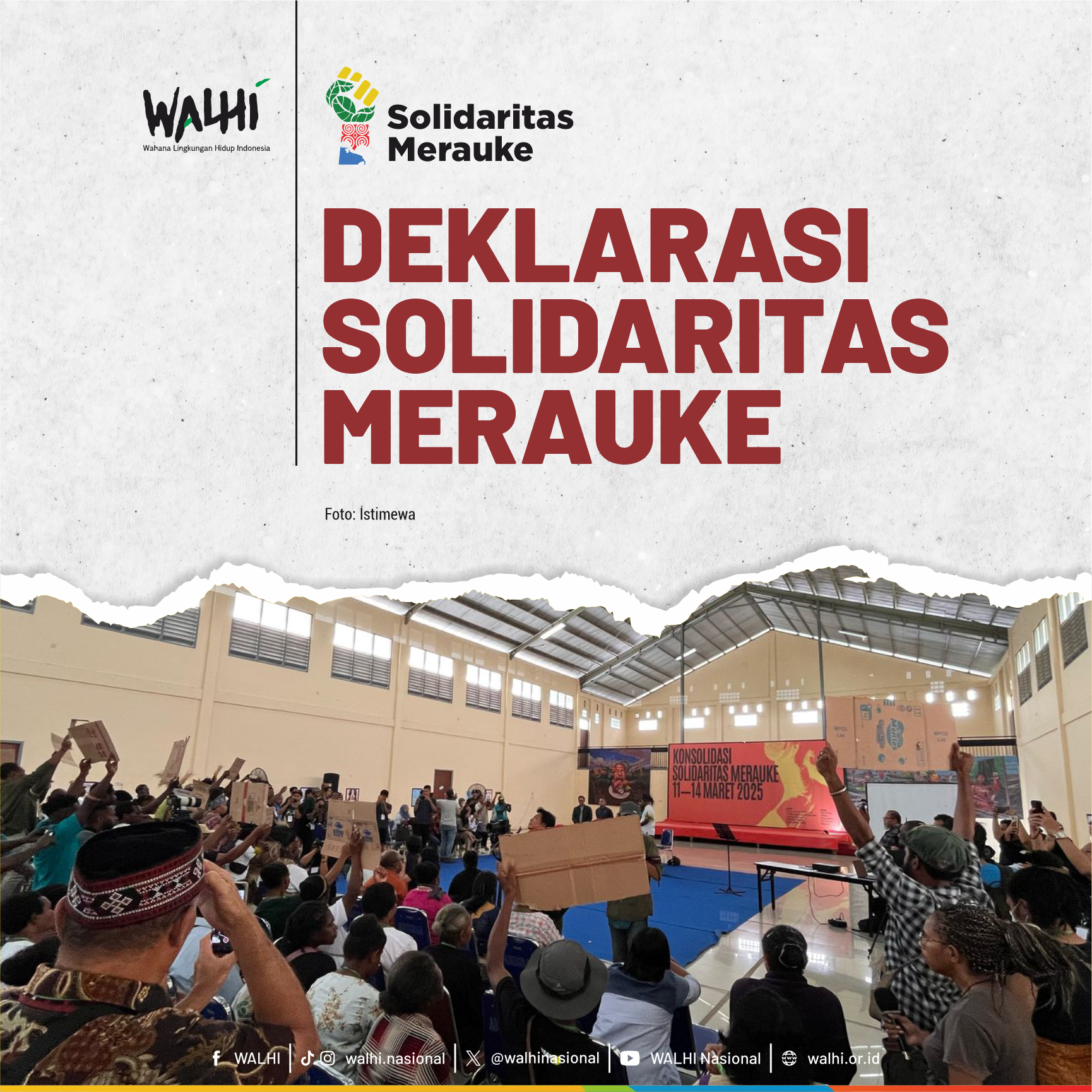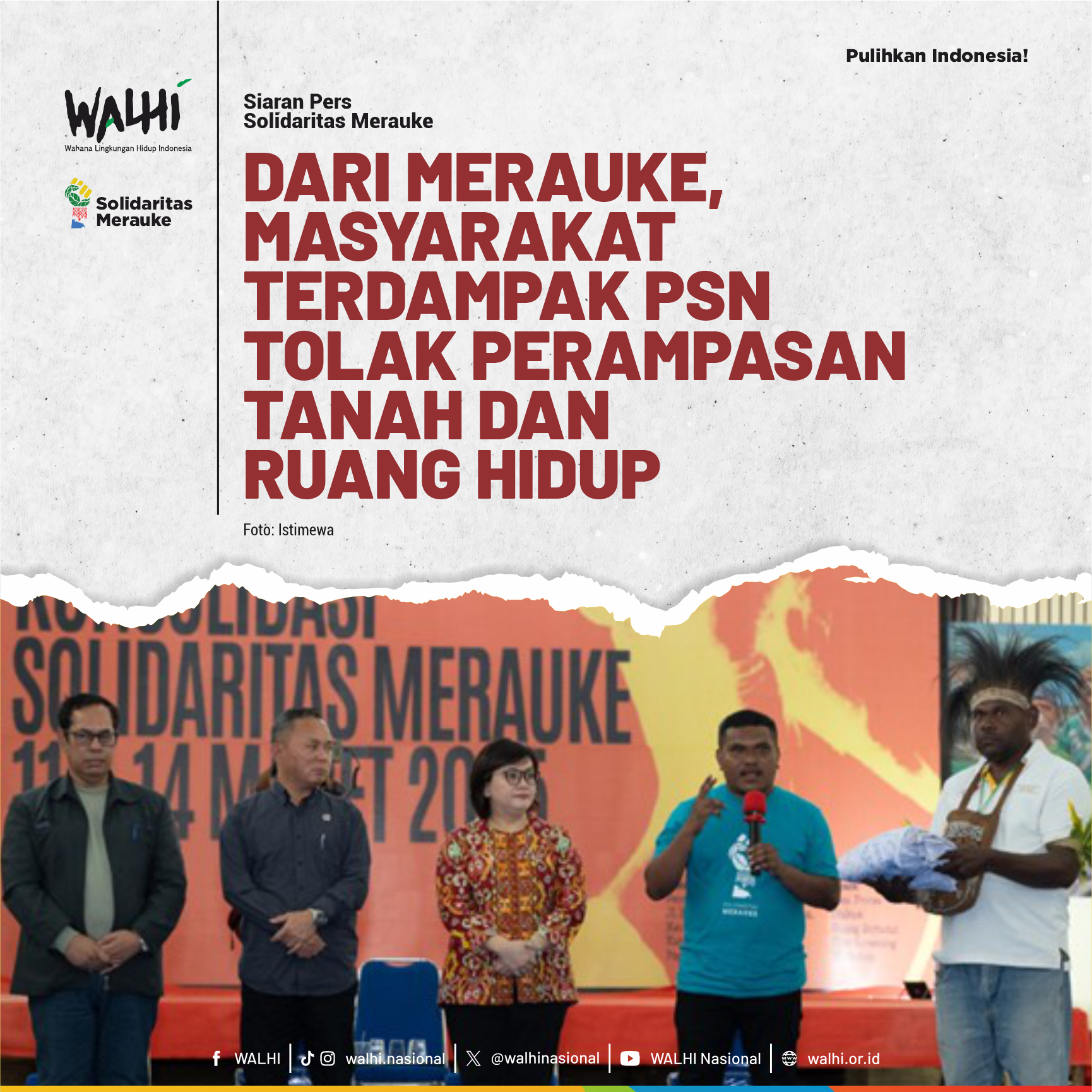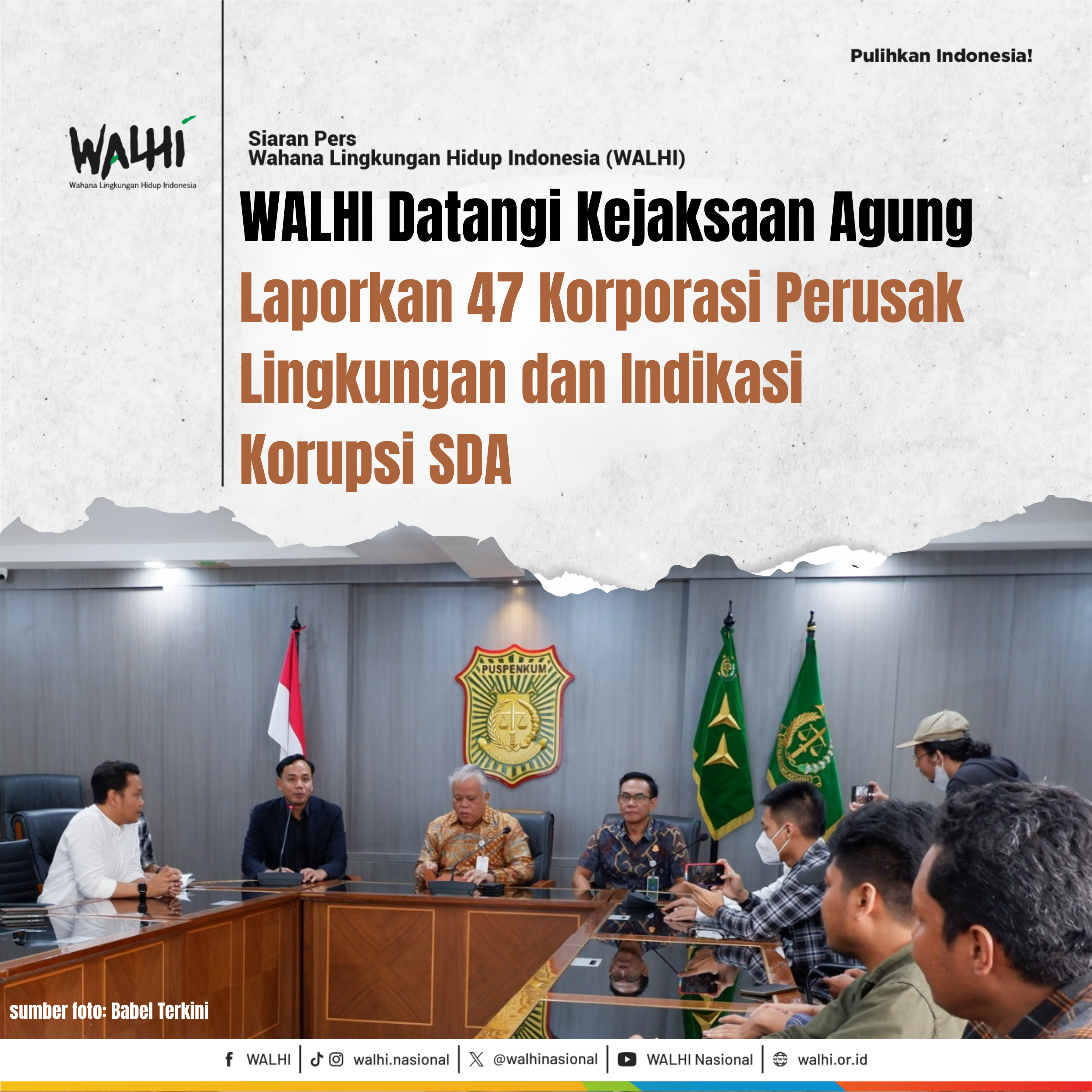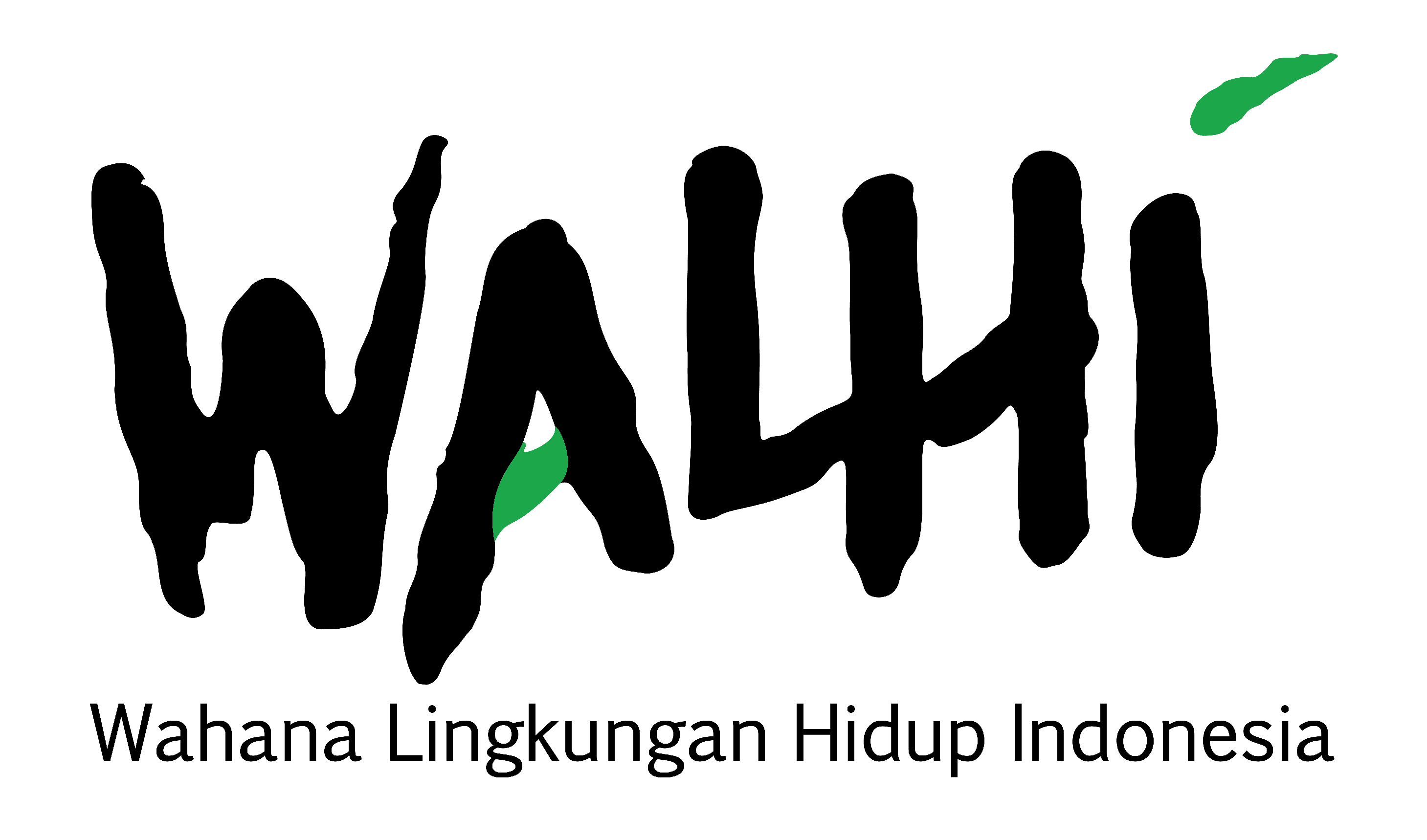Press Release—Wahana Ligkungan Hidup Indonesia (WALHI) Jakarta, April 29 2019. The second Belt and Road Initiative Forum for International Corporation was held from April 25-28 in Beijing, the same meeting was previously held on May 2017. The meeting was attended by 37 countries including Indonesia. The Indonesian delegation led by vice president Jusuf Kalla accompanied by Coordinating Minister for Maritime Affair, Minister of Foreign Affairs, Minister of Research and Technology and Chief of Investment Coordinating Board. The government requires conditions for the entry of China foreign investment, among others: First, Chinese investors have to use Indonesian workers. Second, companies that invest should produce added value goods. Third, companies from China are required to do technology transfer to local workers. Fourth, Indonesian government prioritize investment concept through business to business (B to B) not government to government (G to G). Fifth, the business type should be environmentally friendly. The five conditions certainly sound good however, it is also important to consider whether projects funded by China have implemented all these requirements. In the report on development of Chinese government in regard of the implementation of Belt and Road Initiative released before the second meeting, it is said to implement the Paris Agreement. However, coal-fired power projects are still dominating the loan of electricity sector and contribute the largest portion 42% of energy sector financing by Chinese banks in 2018. This is contrary to the global effort to reduce emission, particularly on energy sector. While other countries have begun to abandon coal dirty energy, the Chinese government through the finance from Chinese banks has perpetuated the dependence on fossil energy. The problem does not lie on whether it is G to G or B to B and WALHI doesn’t want to be caught up in the debate. Basically, the Indonesia government has already managed debts from Chinese government. Based on the latest data released by Debt Statistics (SULNI) in April 2019, the final status of foreign debt position in February 2019 from the Chinese Government amounting to 17.7 billion USD, equivalent to 248.4 trillion at a rate of 14,000, 22.8 trillion is managed by government and 225.6 trillion is managed by private sector. As a note, the State-Owned Enterprises is included in the private category in Indonesia’s external debt record. Therefore, whether it is G to G or B to B that is dominated by State-Owned Enterprises, it will still be the responsibility of the state and will impose more burdens to people. In 2017, three Chinese banks, including China Construction Bank, ICBC and Bank of China, were among top 10 worst banks in the world for financing fossil energy. The total coal mining financing in 2015-2017 is China Construction Bank: USD 12,608 million, ICBC: USD 9,464 million, Bank of China: USD 8,215 million. While the total funding of each bank to coal-fired power plant is ICBC: USD 13,463 million, China Construction Bank: USD 13,264 million, Bank of China: USD 9,064 million. In addition, from all the 28 projects valued at Rp. 1,296 trillion to be funded in the framework of Belt and Road Initiative, there are also dirty energy electricity projects, including: coal-fired power plant with a capacity of 1,000 Mw International Industrial and Port Area (KIPI), Tanah Kuning, Mangkupadi, North Kalimantan, 2x350 Mw coal-fired power plant in Celukan Bawang, Bali, Coal-fired power plant Mulut Tambang Kalseteng 3 with a capacity of 2x100 Mw and Kalselteng 4 with a capacity of 2x100 Mw, Central Kalimantan. Speakers:
- EDO RAKHMAN
- YUYUN HARMONO
- WAHYU PERDANA
- DWI SAWUNG
Projects in North Sumatra
- International hub port and industrial area Kuala Tanjung
- Industrial area Sei Mangkei
- Gas power plant (PLTG) Sei Mangkei, capacity 250 megawatt (Mw)
- Strategic partnership) Kualanamu International Airport
Projects in Kalimantan Utara
- Industrial area and international port in Tanah Kuning
- Indonesia Integrated Strategic Zone Industry (ISI) in Tanah Kuning
- Industrial park ASK Gezhouba, Tanah Kuning, Mangkupadi
- Industrial area infastructure and public facilities in Tanah Kucing
- International port (KIPI) Tanah Kuning
- SEB-KPP-state grid integrated solution: Mentarang Induk & Kabama Induk HEP's
- Kayan hydro energy, Kabupaten Bulungan
- Hydro Power Plant PLTA) Sembakung, Distrik Lumbis Ogong, Kabupaten Nunukan
- Coal fired power plant capacity 1.000 Mw in Industrial area and International port (KIPI), Tanah Kuning, Mangkupadi
- Hydro Power Plant (PLTA) Idehei & Gezhouba, Kayan River and Bahau River
- 11.PT Prime Steel Indonesia, Tanah Kuning, Kabupaten Bulungan
- Industrial area and International port (KIPI) Dimetyl Ether (DME), Tanah Kuning, Mangkupadi, Kabupaten Bulungan
- Cluster alumunium PT Indonesia Asahan Alumunium (Inalum), Tanah Kuning
Projects in North Sulawesi
- Tourism area in Likupang, Tanjung Pulisan, and North Minahasa
- Kawasan industri Bitung (Bitung Industrial Area)
Projects in Bali
- Taman Tekonologi Pulau Kura-Kura (Technology Park)
In addition, the government has also prepared eight projects outside the four main corridors, these include:
- Coal Fired Power Plant (CFPP) capacity 2x350 MW in Celukan Bawang, Bali
- Medium-scale power generation in various places in Java.
- Mine mouth Coal Fired Power Plant (CFPP) Kalselteng 3 capacity 2x100 Mw and Kalselteng 4 capacity 2x100 Mw, Central Kalimantan
- Signature Tower building construction
- Indonesia-China special economic zone in Jonggol, Jawa Barat
- Integrated industrial area in Ketapang
- Poverty avelliation and replanting of palm oil
- International collaboration Meikarta Indonesia-China
